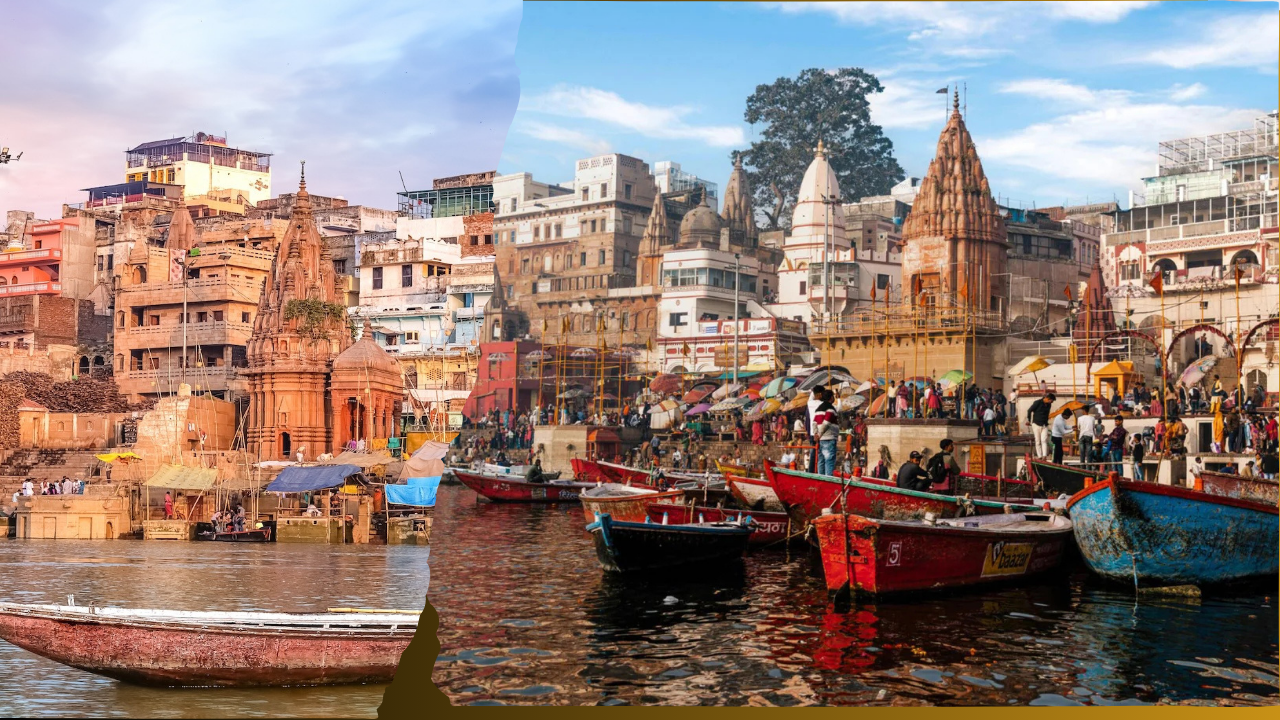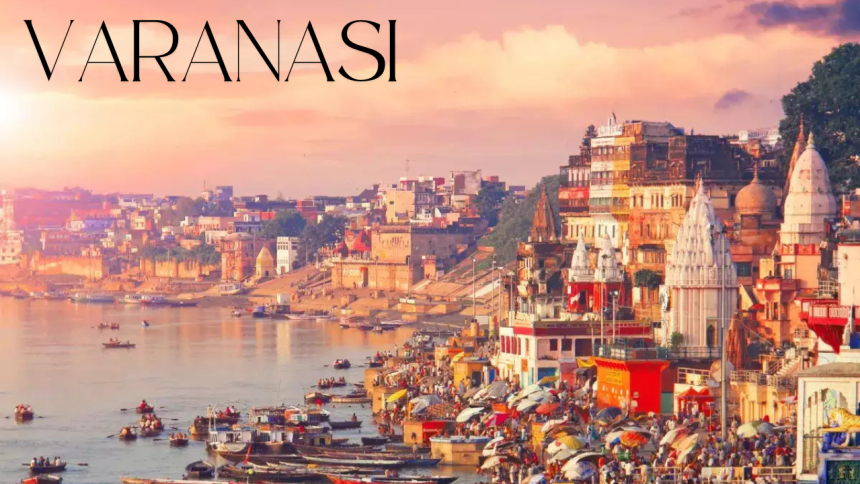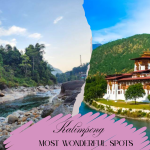There’s something nearly enchanted approximately observing the dawn over the Ganges in the Soul of Varanasi. It’s not fair a pleasant moment—it’s a otherworldly travel, an involvement that interfaces you with the immortal beat of life, confidence, and culture. If you’ve ever pondered what makes this old city so extraordinary, let’s jump into the heart of Varanasi and investigate why the dawn on the Ganges is a once-in-a-lifetime experience.
The Immortal Charm of the Soul of Varanasi
Varanasi, too known as Kashi or Benares, is one of the most seasoned living cities in the world. It’s not fair a put; it’s a vibe—a mix of most profound sense of being, culture, and history that’s outlandish to imitate. Settled along the sacrosanct Ganges Waterway, this city has been a center for researchers, holy people, and searchers for centuries.
Why Dawn at the Ganges Is a Must-See
What makes dawn at the Ganges so uncommon? For starters, it’s the sheer quietness. As the to begin with beams of the sun kiss the stream, the water appears to shine with a brilliant tint. The city wakes up gradually, with the sounds of sanctuary chimes, reverential melodies, and the delicate sprinkle of paddles breaking the hush. It’s a minute where nature and most profound sense of being meet in culminate harmony.
Planning Your Morning Adventure
If you’re arranging to involvement this mysterious minute, here’s what you require to know. The best way to appreciate the dawn is by taking a pontoon ride along the Ganges. These rides more often than not begin some time recently first light, giving you a front-row situate to the city’s arousing. Don’t disregard to dress warmly if you’re going by in winter—the mornings can be very chilly!
The Ghats: Where Life Unfolds
Varanasi’s ghats are the heart and soul of the city. These riverfront steps are where life unfurls in all its crude, unfiltered radiance. From clerics performing customs to local people taking their morning plunge, the ghats are a microcosm of Indian culture. Dashashwamedh Ghat is especially celebrat for its dynamic morning aarti, whereas Assi Ghat is a calmer spot culminate for dousing in the quiet vibes.
The Otherworldly Quintessence of the Ganges
The Ganges isn’t fair a waterway; it’s a life saver, a goddess, and a purifier. For Hindus, taking a plunge in the Ganges is accept to cleanse sins and give salvation. Observing the dawn here feels like seeing a sacrosanct ritual—one that has been rehash for centuries however never loses its significance.
A Photographer’s Paradise
If you’re into photography, dawn at the Ganges is a dream come genuine. The play of light and shadow, the colorful vessels, and the dynamic clothing of the local people make a visual exhibition. Whether you’re an beginner or a master, you’ll discover unending motivation here.

Cultural and Verifiable Significance
Did you know that the Soul of Varanasi is considered the otherworldly capital of India? It’s said that the city was established by Master Shiva himself, making it a sacrosanct goal for millions of lovers. The Ganges, with its wealthy history and social centrality, has motivated writers, scholars, and craftsmen for generations.
Food and Celebrations: A Flavorful Experience
No trip to Varanasi is total without reveling in its culinary delights. After your morning watercraft ride, treat yourself to a healthy breakfast of kachori-sabzi or a steaming glass of Banarasi chai. If you’re fortunate, your visit might coincide with one of the city’s numerous celebrations, including an additional layer of energy to your experience.
Stay Hydrated: The morning discuss might be fresh, but it’s continuously a great thought to keep a water bottle handy.
The Soul-Stirring Aarti Ceremony
One of the highlights of going to the Soul of Varanasi is seeing the Ganga Aarti. Whereas the evening aarti is more well known, the morning form has its claim charm. Performed at a few ghats, this custom includes chanting, incense, and the cadenced development of lights, making a mesmerizing encounter that’ll remain with you long after you leave.
Why It’s More Than Fair a Sunrise
Sunrise at the Ganges isn’t fair a visual treat; it’s an enthusiastic and otherworldly involvement.It’s a diminutive of reflection, an opportunity to interface with something bigger than yourself.
Read More: Bread, Spread & Everything in Between: The Art of Crafting the Perfect Sandwich
Conclusion
Experiencing the day break at the Ganges the Soul of Varanasi is like wandering into a living painting—a diminutive where time stands still, and you’re remind of life’s clear be that as it may noteworthy heavenliness. It’s not reasonable nearly seeing; it’s roughly feeling, understanding, and being show.







